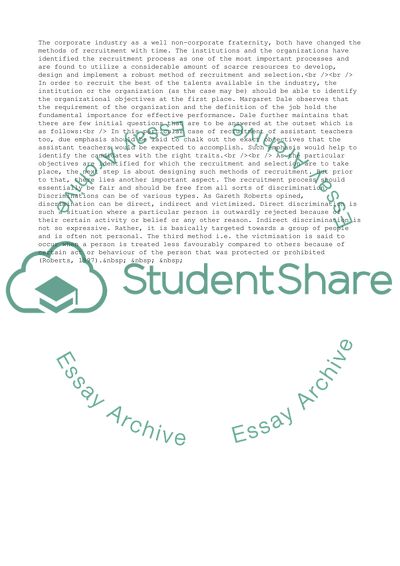Cite this document
(Management: Recruitment and Selection Term Paper, n.d.)
Management: Recruitment and Selection Term Paper. Retrieved from https://studentshare.org/management/1561625-professional-management-practice-report
Management: Recruitment and Selection Term Paper. Retrieved from https://studentshare.org/management/1561625-professional-management-practice-report
(Management: Recruitment and Selection Term Paper)
Management: Recruitment and Selection Term Paper. https://studentshare.org/management/1561625-professional-management-practice-report.
Management: Recruitment and Selection Term Paper. https://studentshare.org/management/1561625-professional-management-practice-report.
“Management: Recruitment and Selection Term Paper”, n.d. https://studentshare.org/management/1561625-professional-management-practice-report.


